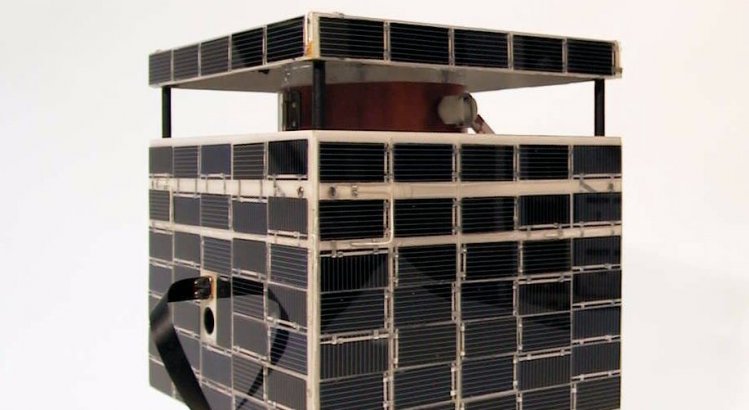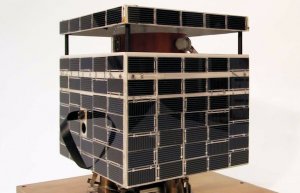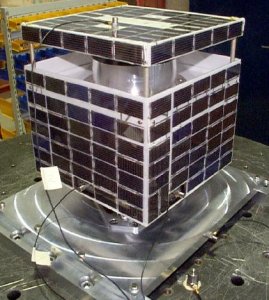
20 years since IRF’s nanosatellite Munin was launched
The Munin nanosatellite was the first full satellite from the Swedish Institute of Space Physics (IRF) and Sweden’s first nanosatellite. As far as we know it was the smallest research satellite ever (at 6 kilograms) when it was launched on 21 November 2000.
Munin was partly a research satellite for studies of the Northern Lights and the earth’s radiation belts, and partly a technology development project to study how to minimize the size of satellites and instruments.
Munin was built as a collaboration between IRF, Umeå University (which at the time still had a space engineering programme in Kiruna) and Luleå University of Technology (which had just begun its space engineering programmes), mainly as an educational project.
The satellite was one of the forerunners of what are now called CubeSats (cube satellites).
Responsible for the Munin project were: Olle Norberg, project manager IRF, and Walter Puccio, technical project manager, IRF.
Facts Munin
- Dimensions: 21 x 21 x21 cm.
- Equipped with instruments to study the particles that give rise to the Northern Lights and the energy-rich particles in the Earth’s radiation belts (which can damage satellites), and a camera to study the Northern Lights.
- Munin was launched with a Delta-2 rocket from Vandenberg Air Force Base in California, USA.
- The launch was sponsored by the US space agency NASA.


